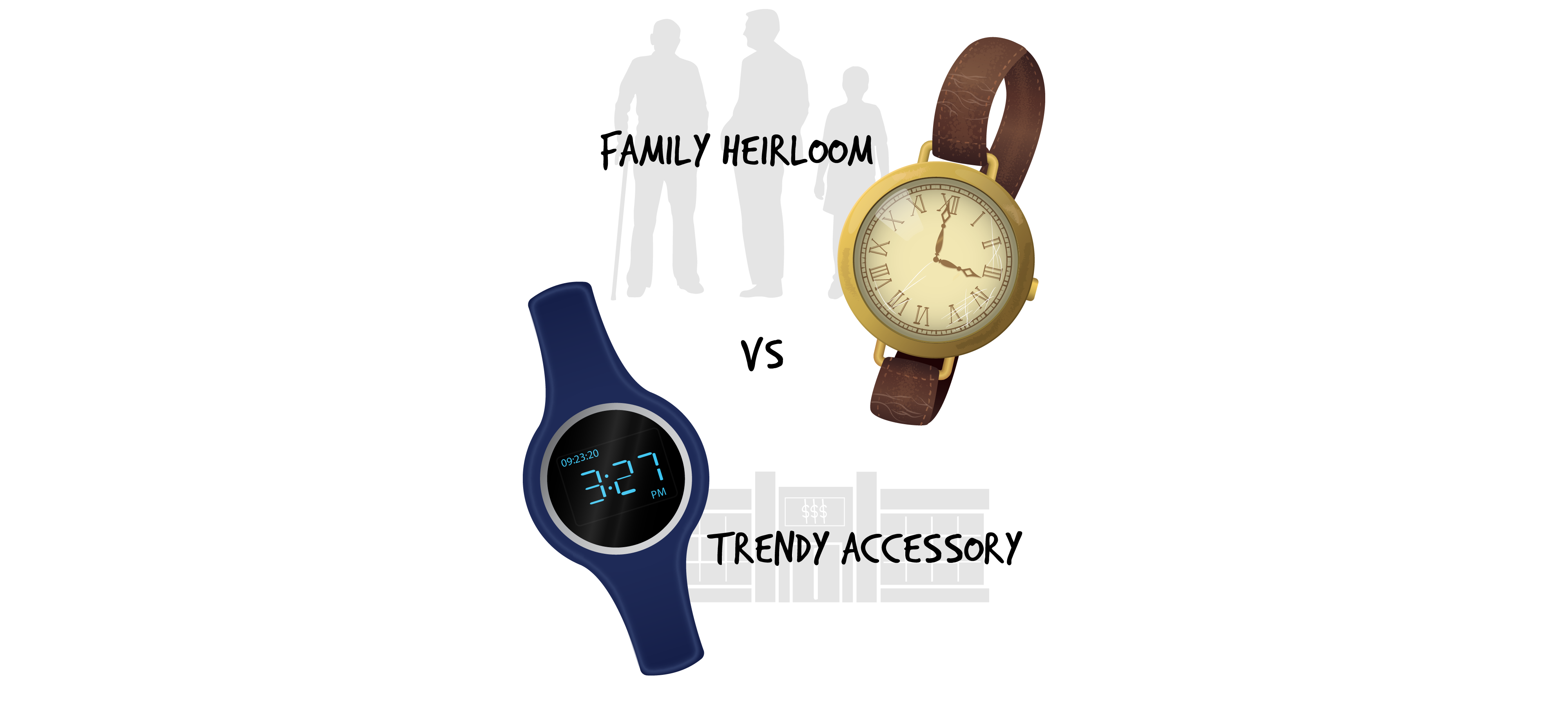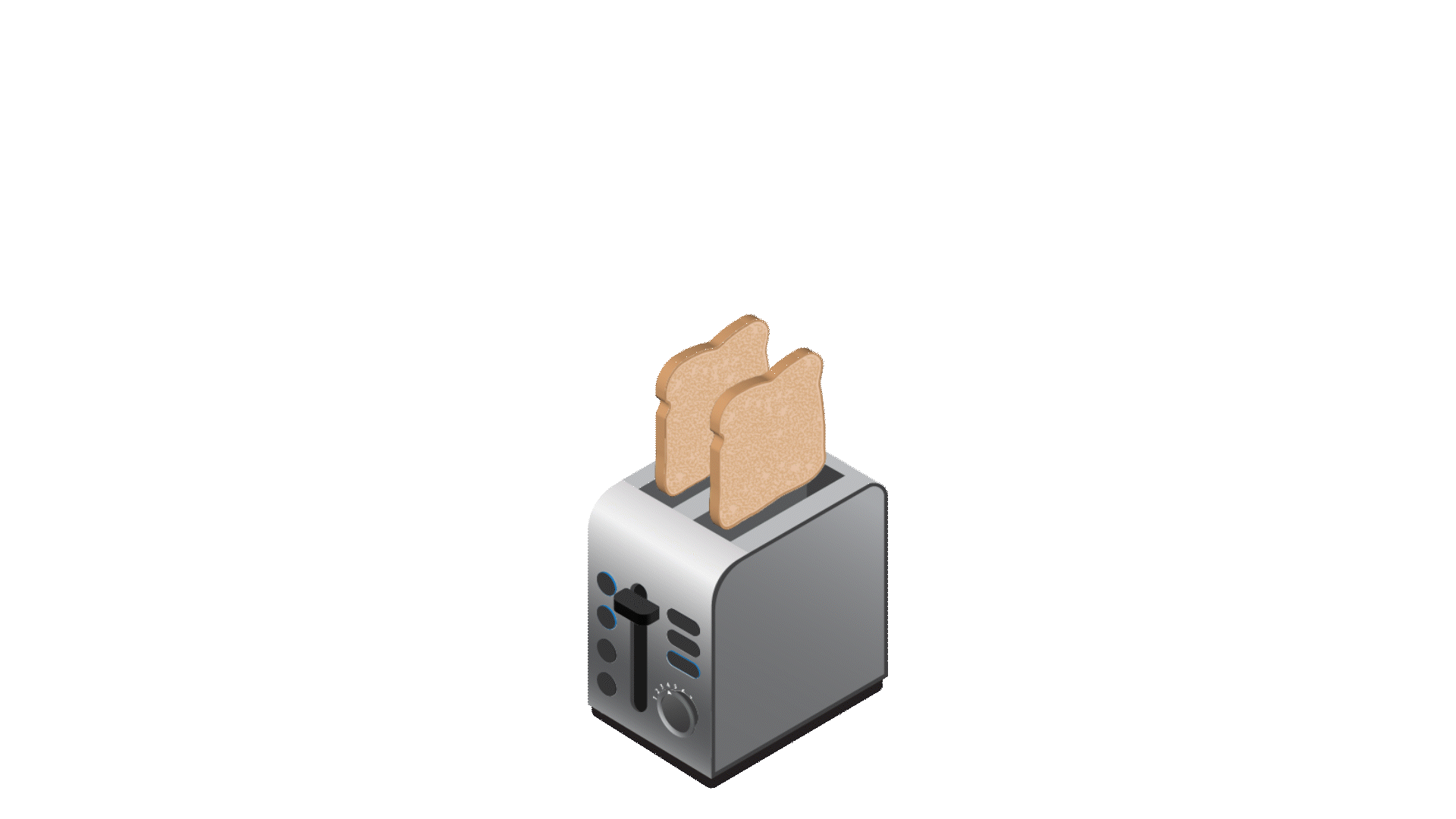
1.5 Emotional Contexts of Product Experience
Professor Jonathan Chapman (2015) promotes a more nuanced lifestyle-design approach that relates to incorporating sustainable values in product design. In his opinion, we develop relationships with “green” products for emotional and behavioural reasons. He credits human beings with wanting meaning in their lives, yet, he warns that our socially mediated and status-seeking culture has set us up to disregard the authentic meaning of objects in favour of the latest upgrade as we quickly become dissatisfied with the status quo – from cell phones to snowplows to digital applications. He adds that products that are complicated to use affect the emotional product-person relationship on a behavioural or psycho-pleasure level; where more complexity can lead to less pleasure and more purchasing of the next best thing. In addition, that dissatisfied fear of missing out (FOMO) also leads to rampant consumerism and consequently, heaps of discarded products. These behaviours induce more meaningless consumption and jeopardize the sustainable future of the planet.
Emotionally durable design that is connected to sustainability also contributes to the potential to create emotional bonds between people and their products. Chapman believes that designers can encourage affective attachment to products using appealing aesthetic, behavioural, cognitive, sensory, and symbolic design elements. Based on this premise, could it be that designs that encourage stronger emotional experiences support our willingness to keep products longer? If so, this means designers may hold the keys to supporting our ability to be psychologically and emotionally connected to our products; that connection could increase the timeline during which we perceive value in keeping our products. If we are attached to our products, we will not want to abandon them or the meaning they bring to our lives. And this limits what we throw out! For example, feeling an emotional connection with family heirlooms provides a sense of socio-pleasure and reflective connection.

AN EMOTIONALLY DURABLE FAMILY HEIRLOOM ADDS VALUE
We are not usually conscious of how we interact with products until they don’t work! As the title of Industrial Design Professor Brian Burns’ (2012) book says, “People want toast not toasters”. He means the product is the means for completing a task and when it has complex functions or is difficult to use, it can create frustration for the user. For example, a multi-use tool that offers numerous functions might be initially appealing yet, ultimately lead to dissatisfaction as it may be perceived as too complex to operate easily. This often results in discarding the item. Have you ever discarded an item for this reason? If so, what could you do differently next time?

PEOPLE WANT TOAST, NOT PROBLEMS
Design researchers warn us that we need to take an ethical approach to designing for emotions (Yoon et al, 2020). The marketing approach of commoditizing positive emotions focuses on our desire “to have” a product, which may lead to short-lived product attachment. Whereas a design for emotion approach is oriented toward meaningful and long-term product engagement (Hassenzahl, 2010). This is where emotionally durable design may lead to more fulfilling product experiences that could have better effects on our well-being, the environment, and the economy.
The impacts of emotionally durable design can be seen with vintage car collectors. The collector is likely fond of cars in general, but what makes them invest time and money into their rare car? Their attachment may arise from the collector’s perceived value of the car’s uniqueness (ideo-pleasure) or it may be associated with childhood dreams or memories of positive and rewarding emotional experiences (evoking memories). For example, my grandpa had a Thunderbird and I remember him taking me for a ride on my birthday. Owning a similarly special car helps me feel closer to him. This is an example of emotionally durable design that provides socio-pleasure and reflective stimulation.

EXPERIENCING PRODUCT ATTACHMENT
Next section: 1.6 Emotional Responses to Product Qualities

